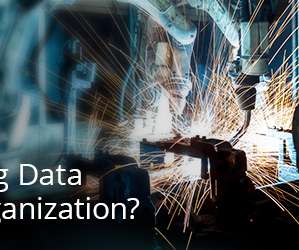Predictive Analytics in Manufacturing: A Winning Edge
Sisense
JANUARY 26, 2020
The modern manufacturing world is a delicate dance, filled with interconnected pieces that all need to work perfectly in order to produce the goods that keep the world running. In Moving Parts , we explore the unique data and analytics challenges manufacturing companies face every day. Big challenges, big rewards.























Let's personalize your content